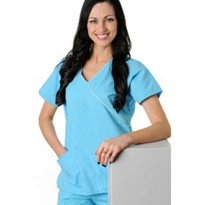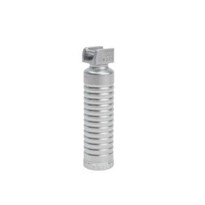The first commercial refrigeration system was simply used for freezing water to produce ice. Although initial systems were commercially a failure, it did spark interest and jump-start the commercial refrigeration industry.
Texas became a major historical player in the commercial refrigeration industry in the 1860’s when Andrew Muhl, a French immigrant to the USA, built an ice machine to serve the ever-expanding beef industry. Headquartered in Waco, Texas (A town 100 miles south of Dallas, Texas) this commercial refrigeration machine, one of the first ice machines, was patented in 1873. Breweries in the 1870’s became the largest businesses to need commercial refrigeration in the form of ice machines.
Commercial Refrigeration: Refrigerated Rail Car
Refrigerated rail cars, developed in the early 1840’s, used harvested ice to cool beef. After germ theory proved that harvested ice could lead to disease and tainted drinking water, commercial refrigeration ice machines were developed to help a budding food transportation industry.
Commercial Refrigeration in the Food Industry
Commercial refrigeration progressed in the late 1800’s and early 1900’s due to the food industry needing ways to transport food without it spoiling. Commercial refrigerators were built onto train cars, Lorries, trucks and in warehouses. These refrigeration units were large, expensive and unsafe, sometimes leaking gasses, exploding, or catching fire. It was not until commercial refrigeration units were refined and their size reduced before they became household appliances.
Continued development into new refrigerants replaced ammonia, methyl chloride, and others with a synthesized refrigerant named Freon. This gas was more stable and considered safer than the alternative refrigerants and used until it was discontinued in 1987 due to its ozone depleting characteristics.
The continued development and refinement progressed with smaller sized units and greater safety developed into commercial refrigeration units. This progression led to the development of a consumer product category called the refrigerator. The refrigerator replaced the icebox, which was an insulated box that used harvested ice to cool the interior.













